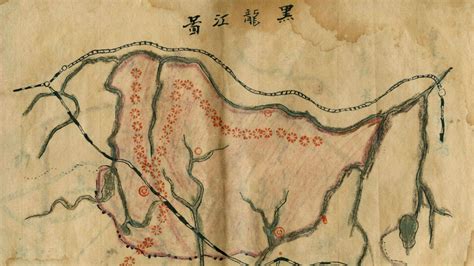Navigating through China’s streets using a digital map can sometimes feel like being in a parallel universe. The locations you see on your screen don’t necessarily match what you see on the ground. What’s causing this bizarre situation? It’s called GCJ-02: a geospatial coordinate system used in China that intentionally distorts satellite data. This system represents a fascinating blend of technology, law, and sovereignty that affects not just maps but also the operations of companies and governments worldwide.
The reason behind this technological twist dates back to concerns over national security and a desire to promote domestic technology developments. The GCJ-02 system adds random offsets to the true Global Positioning System (GPS) coordinates before they are publically displayed. The result? Maps that are intentionally ‘wrong.’ This system affects anyone using GPS technology in China—from everyday commuters to tech giants like Google and Apple.
The impact of such a system is far-reaching. For instance, Google Maps, a service not officially available in China, must adhere to these obfuscations when displaying maps of the area, even though their satellite images are accurately aligned on a global standard known as WGS-84. This leads to a dual reality where satellite imagery does not match the overlaid digital maps, causing confusion and complicating navigation.
Companies like Baidu and Amap, however, use maps aligned with GCJ-02, ensuring seamless navigation experiences within China. This discrepancy offers a competitive edge to local companies while putting international players at a disadvantage—unless they comply with Chinese regulations, paying fees and using approved systems to access the ‘correct’ coordinates.
This isn’t just about technology; there’s a significant legal and political angle here. By controlling its GPS data, China maintains sovereignty over its digital landscape. This control extends to who can map China and how—potentially affecting how China is portrayed globally. It also raises questions about censorship and control, mirroring wider concerns about freedom of information within China.
What does this mean for the average user or the international community? For starters, navigating Chinese cities without a locally compliant GPS system can be disorienting. For the international community, it represents a hurdle in areas ranging from military operations to diplomatic negotiations, where accurate geographical data is crucial.
Moreover, such a system can be seen as a barrier to free trade and the global operation of companies. While it protects local firms, it also complicates international logistics and operations planning, possibly contravening trade laws that advocate for equal market conditions.
Looking ahead, the persistence of China’s GCJ-02 poses broader questions about the future of international relations in digital and physical spaces. Will other nations adopt similar practices, or will international pressure lead China to align more closely with global standards? The answers to these questions will shape not just future maps but the very nature of global engagement in the digital age.


Leave a Reply